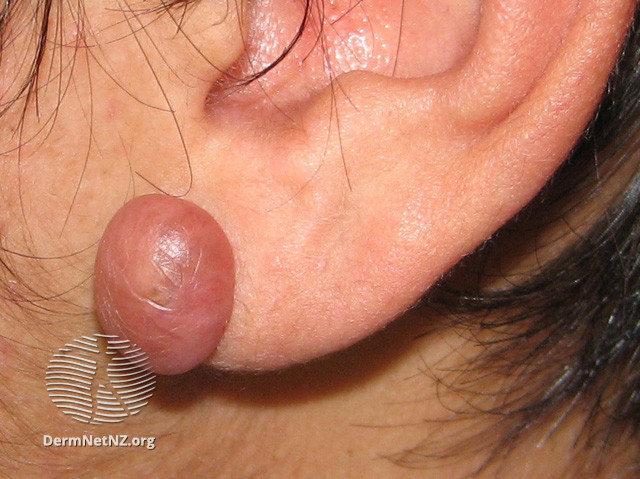
Hi #dermtwitter/#medtwitter! Recently, I partnered with @jmervak's & @NailDisorders to make #MedEd/#FOAMEd on nails more accessible! Please consider filling out this ANONYMOUS & SHORT survey👇!
unc.az1.qualtrics.com/jfe/form/SV_af…
If you need a refresher, #tweetorial links below!
1/
unc.az1.qualtrics.com/jfe/form/SV_af…
If you need a refresher, #tweetorial links below!
1/
2/
Nails and underlying systemic disease!
Nails and underlying systemic disease!
https://twitter.com/DrStevenTChen/status/1444694854122938368?s=20
6/
Reported nail conditions in #COVID19!
Reported nail conditions in #COVID19!
https://twitter.com/DrStevenTChen/status/1454829246225043456?s=20
7/7
Final tweet to say THANK YOU to participants in learning, filling out the survey, creating these teaching modules. I myself learned a ton by being a part of this, so thanks to @jmervak for including me as well! Hope we can do more of these #dermtwitter #MedEd projects soon!
Final tweet to say THANK YOU to participants in learning, filling out the survey, creating these teaching modules. I myself learned a ton by being a part of this, so thanks to @jmervak for including me as well! Hope we can do more of these #dermtwitter #MedEd projects soon!
• • •
Missing some Tweet in this thread? You can try to
force a refresh
















